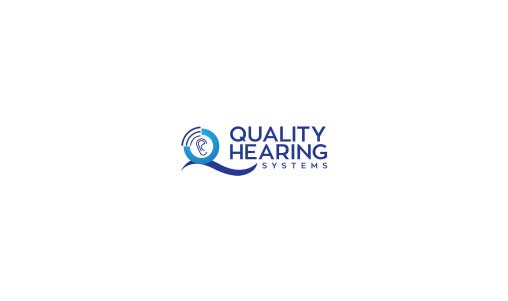Over ninety million people (42 percent of the American population) experience feelings of dizziness, vertigo, and loss of balance during their lifetime; for many of them, this experience becomes a chronic condition. Dizziness is the number 1 reason that individuals over the age of seventy five visit doctors, and falls due to a loss of balance are the leading cause of serious injury and death in people over the age of sixty five.
Most (seventy five percent) of these cases are caused by peripheral vestibular disorders in the inner ear; examples of these conditions include vestibular neuritis, acoustic neuroma, labyrinthitis, perilymphatic fistula, benign paroxysmal positional vertigo (BPPV) and Ménière’s disease. All of these conditions affect the inner ear and the delicate system that handles our sense of balance and enables us to maintain control over it. Most of the cases of dizziness and vertigo occur in adults, but these conditions can affect kids as well, with even greater impact because they are often involved with athletics or playground activities in which a sense of balance is key.
These conditions can be treated with surgery and drugs, but there is another treatment methodology that uses physical therapy to stimulate and retrain the vestibular system and provide relief – Vestibular Rehabilitation Therapy (VRT). Vestibular Rehabilitation Therapy exercises are prescribed individually for each patient’s specific symptoms and often involve the use of head movements, eye exercises and gait training designed to improve patients’ gaze and stability. Vestibular Rehabilitation Therapy cites its goals as seeking to improve balance, decrease the experience of dizziness, improve patients’ stability when moving or walking, improve coordination, minimize falls, and reduce anxiety.
For many people suffering from bilateral or unilateral vestibular loss and the conditions described above, Vestibular Rehabilitation Therapy has often been shown to be effective in reducing their symptoms. The effectiveness of Vestibular Rehabilitation Therapy in patients suffering from these conditions who did not respond to earlier treatment methodologies has been proven in several clinical trials. It is not as likely to be beneficial if a patient’s symptoms are the result of reactions to medications, migraine headaches, anxiety or depression, transient ischemic attacks (TIA) or low blood pressure.
It is difficult to provide a general overview of the VRT exercises because they are individually tuned to and prescribed for each patient. But are all taught by trained VRT therapists, and often involve movements of the head, eyes, and body that enable your brain and body to retrain themselves and regain control over their equilibrium and balance, compensating more effectively for the incorrect information sent to them from their inner ear. If you have experienced long-term symptoms of dizziness or vertigo, consult a balance specialist and ask for more information. You can also get more information from the pamphlets and training materials provided by the Vestibular Disorders Association.
 Over ninety million people (42 percent of the American population) experience feelings of dizziness, vertigo, and loss of balance during their lifetime; for many of them, this experience becomes a chronic condition. Dizziness is the number 1 reason that individuals over the age of seventy five visit doctors, and falls due to a
Over ninety million people (42 percent of the American population) experience feelings of dizziness, vertigo, and loss of balance during their lifetime; for many of them, this experience becomes a chronic condition. Dizziness is the number 1 reason that individuals over the age of seventy five visit doctors, and falls due to a